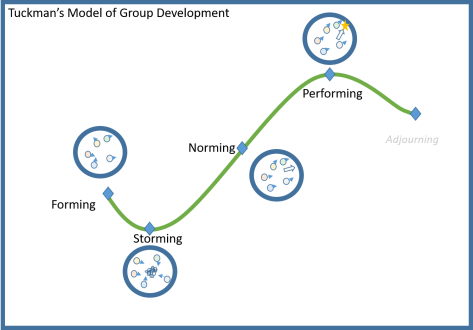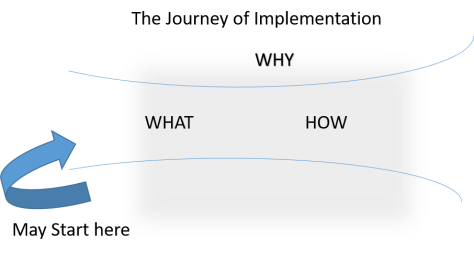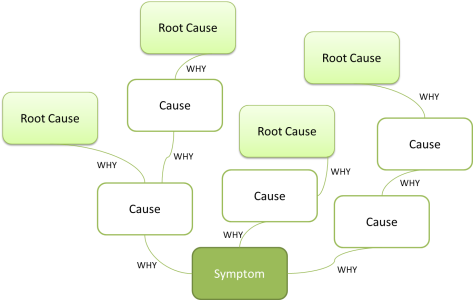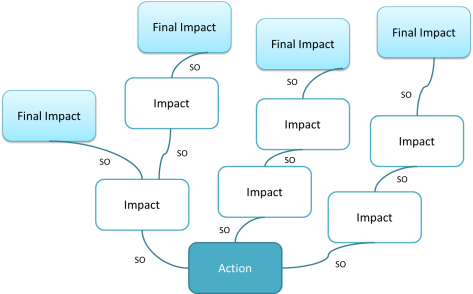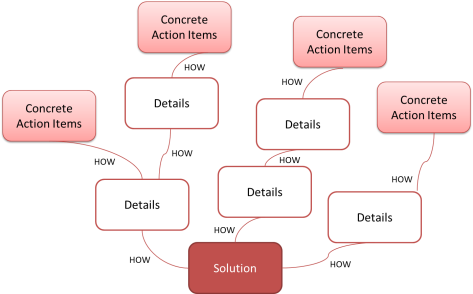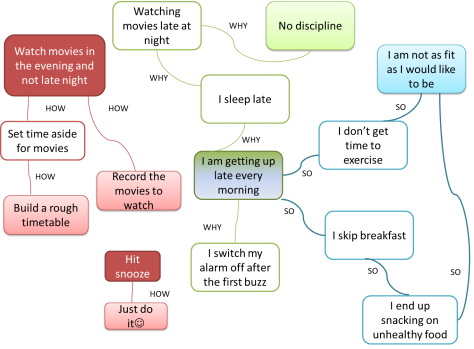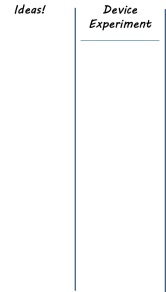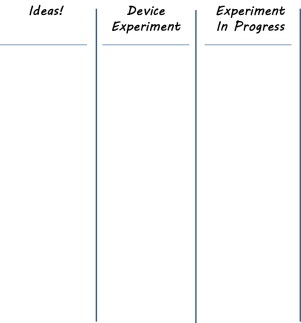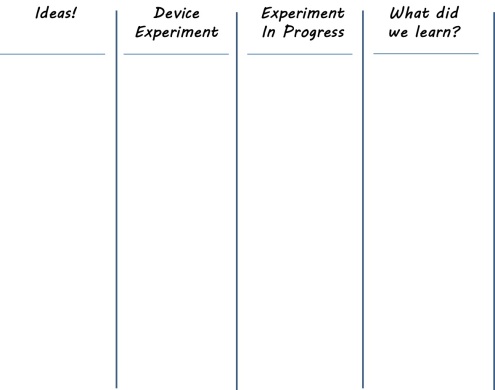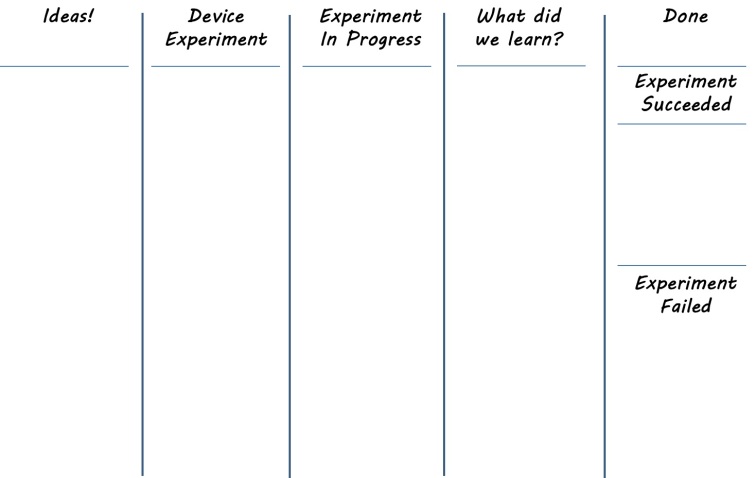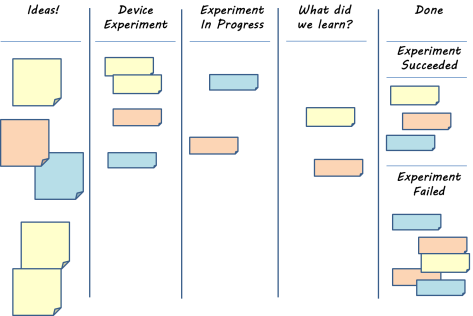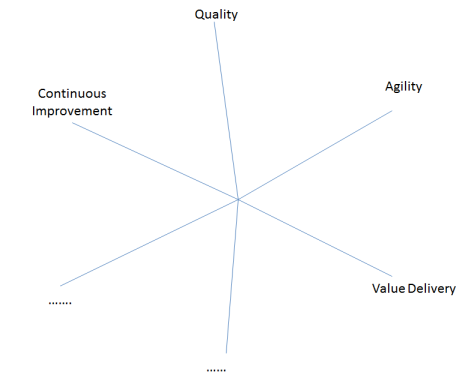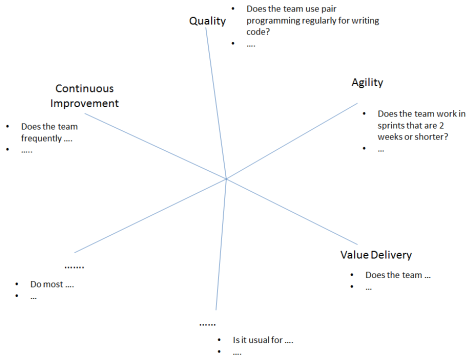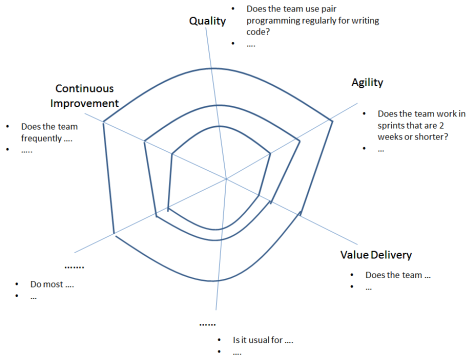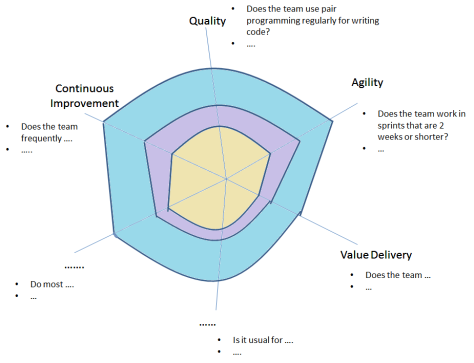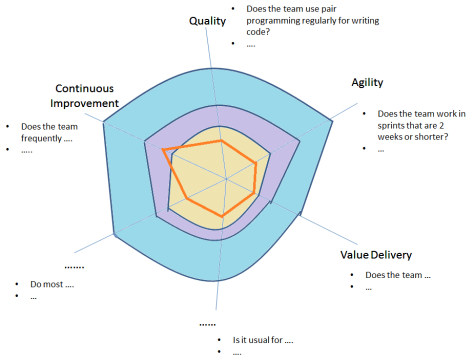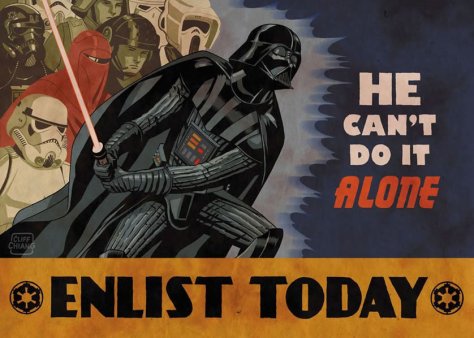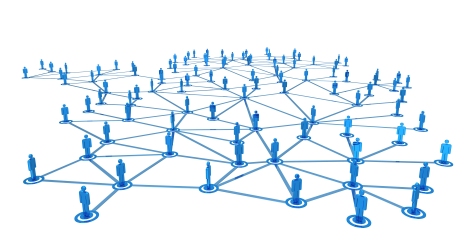A friend of mine, who is a PMO by profession, suffers from color blindness and struggles to distinguish between red and green color. And as a PMO, she lives in a world that’s painted Red-Amber-Green. She shared some funny anecdotes related to her impairment and the situations she has found herself in and we all laughed about it.
But it got me thinking – are we building products that are accessible to all? Continuing that line of thought, are we building products that are inclusive? How about products which are environmentally sensitive?
As product managers, product owners and others who have influence over a product’s vision, roadmap and features, we think of various aspects starting with Functionality, Quality and Testability. The non-functional requirements are a much larger group of -ities and -ilities. If we are able to give due consideration to Performance, Security, Scalability, Maintainability, Operability, Portability, Availability etc., then we are probably churning out some pretty awesome product features.
Let’s take this a step further to include Accessibility, Inclusivity, Internationalization and Sustainability.
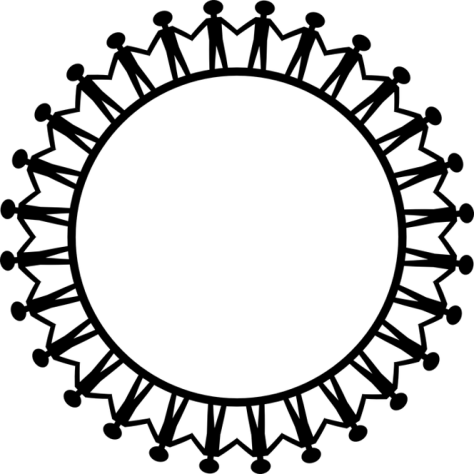
Why? Because of the world that we live in. There are over 1 billion people in the world who are differently-abled, 50% of the world’s population is female, we have a growing ageing population, technology/internet penetration is pretty high all over the world. And lastly, our home planet is suffering the consequences of climate change every day. If we can make more sensitive products, then why not?
“Make the world a better place” – how’s that for a mission statement to get the workforce motivated and rearing to go!
Accessibility –
The ease with which everyone is able to access and use our products and features is accessibility. Everyone includes people who are differently-abled, have age-related impairments, have technology constraints.
Some of the things that we can take care of to promote accessibility of our products (which any good UX designer will be able to tell us) – larger fonts and icons, better contrast, having Assisted modes (for visual, audio impairment) etc.
Some of the things which make our products less accessible – no audio options for content, using colors like Red/Green only to convey information, no text options for videos, using very small font, very low contrast, relying on highly developed fine motor skills and others.
Inclusivity –
When people of different genders, races, ages, beliefs, orientations etc. feel welcome in our products and platforms and there is no “othering” of these groups, we have built inclusive products!
Some examples of inclusive product features include emojis with skin tone variations, accessible design, gender-neutral content/language.
Some of the product features that put out an invisible sign to certain groups saying “You are not welcome here” include – largely male icons, stereotyping of genders/races, platforms that don’t do enough to prevent/block hate speech/bullying etc.
Internationalization –
When we build our products in a way that enables people from all over the world to use our products, we have nailed internationalization. There are certain product features that we may want to “localize”. These need to be conscious choices we make in our product.
When our products have multiple language options, less use of region-specific slang, neutral iconography, precise & literal language that’s easy to translate, we make it available for global consumption.
When our products use country specific icons/metaphors, when we don’t leave enough space for translated text, when we make not-so-global assumptions in our calendars, we are losing so many of our potential users.
Sustainability –
If our product features take into consideration the impact we have on the environment, if we strive to reduce our footprint and to promote sensitivity towards the environment, we are building environmentally sustainable, green products.
What can we do to make our products greener? We could add indicators showing the energy impact we have with every action we take on our product. We could make design decisions which use less energy (like queuing of messages etc). We could avoid making unnecessary internet connections. Some of the popular crypto-currencies are infamous for their impact on the environment. We could look to the greener alternative crypto-currencies to learn how they are mitigating the impact on the environment by relying on greener fuel alternatives and other methods.
Now that we understand Why these aspects are important and What they are, let’s take a look at How we can help.
What are some of the things we can do to build such products with a heart?
- Create more diverse organizations – As our organizations become more diverse and inclusive, our products will reflect this diverse and inclusive nature as well (very distant cousin of Conway’s Law)
- Create diverse User Personas – We should create a variety of User Personas that we want to cater to and ensure our product features welcome all of them
- Talk to our diverse Users – What’s even better than User Personas is Users. Let’s go talk to our Users and get feedback from them to organically build more inclusive products
Coming to the world of Agile Product Development, approaches to Product Backlog Management to promote these features:
- Create specific Backlog Items which are related to Accessibility, Inclusivity, Internationalization and Sustainability. These can then be worked into the product when these backlog items are picked up for development. This is a fairly initial stage of addressing these issues. Such backlog items may frequently be traded off for other features which focus more on profitability.
- Add some of these aspects into the Acceptance Criteria of some of the Backlog Items. This way, when those product features get done, they will only be accepted as done when they also take care of these humane aspects.
- Add these aspects into our team’s Definition of Done. This, then, is simply how we work. Any item in the backlog can be considered done only when it meets criteria related to Accessibility, Inclusivity, Internationalization and Sustainability. This is a very high level of maturity and is usually possible only in organizations which value Social Responsibility as much as Profitability.
It is very tough to create such thoughtful products. But we need to start taking baby steps in this direction. If we don’t crawl, we may not walk. If we don’t walk, we may not run.
If we don’t run, how are we going to fly?
Some of the slides related to this topic are available on my Slideshare at –
and
